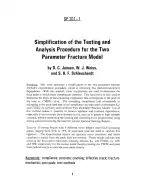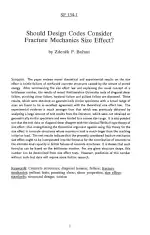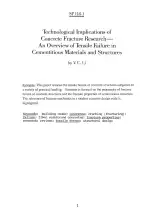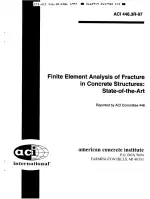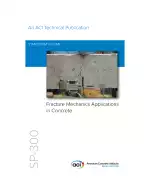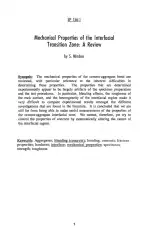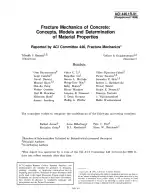Fracture Mechanics for Concrete Materials: Testing and Applications
Also Known As:
ACI SP-201:2001 is a standard. The standard focuses on the use of fracture mechanics concepts in designing concrete structures and understanding the behavior of concrete-like materials. It also explores the application of fracture mechanics in designing concrete FRP composites and repairing concrete structures. The standard emphasizes the importance of selecting proper testing methods to determine the fracture properties of concrete materials for different applications.
The standard consists of 15 papers, each covering different topics related to fracture mechanics in concrete materials. These topics include simplifying the testing and analysis procedure for the two-parameter fracture model, predicting restrained shrinkage cracking using fracture mechanics, investigating the fracture surface roughness of concrete with different aggregate sizes and loading rates, optimizing micro-fiber reinforced cement composites through controlled crack growth tests, assessing the uniaxial tension of concrete, studying the punching failure of interior slab-column connections, analyzing the accuracy of fracture toughness test results for concrete, evaluating interfacial fracture energy and fracture propagation along FRP-concrete interfaces, examining fatigue crack growth in polyester polymer concrete, exploring dimensional factors of bond failure in reinforced concrete, conducting tension tests on cylindrical concrete specimens, determining crack resistance curves of cementitious materials using a wedge splitting test, conducting tensile and bending tests on very high-performance concrete, studying the fracture properties of polyester polymer concrete with chopped graphite fibers, and analyzing the cohesive debonding and cracking behavior of FRP-strengthened concrete beams through nonlinear fracture mechanics.
| Descriptors | Cracking |
| Language(s) | English |
| File Size | 10.9 MB |

